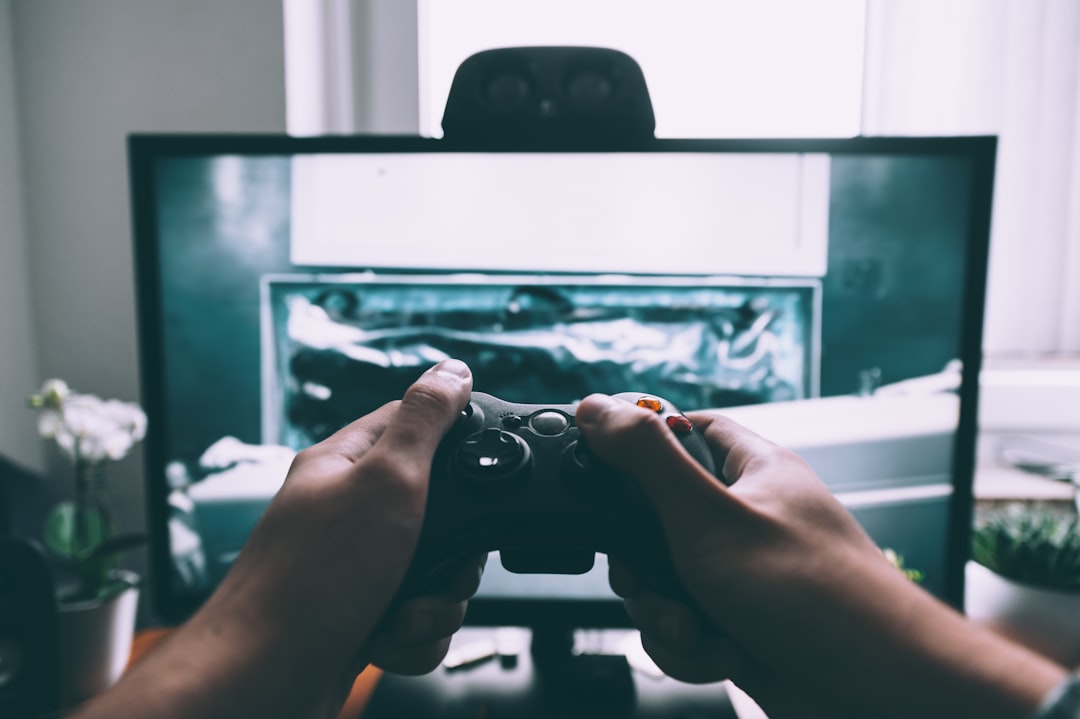What is it about?
Our brain connects different timescales. It stores memories of our distant past, it retains information that had just occurred a moment ago, and it processes events in the here and now. Research on human perception and action has produced several puzzling observations on how these different timescales relate, however, when compared to the vast literature on learning and memory.
Featured Image

Photo by Rolands Zilvinskis on Unsplash
Why is it important?
Perceptual experiences in the here and now, for instance, are brought about by synchronizing activity of different parts of the brain that capture unique features of a situation – such as the colors and shapes of a visual scene. These binding mechanisms also build fleeting associations between different features so that one and the same mechanism supports perception-action integration as well as short-lived learning experiences. At the same time, many experiments suggest a striking disconnect in that these short-lived associations are unrelated to what is eventually stored in long-term memory. In our theoretical analysis, we showcase a novel view that explains previous failures to observe a meaningful relation between binding and long-term learning, thus providing a new lens that allows for understanding the relation of two crucial processes: binding in action control and learning.
Perspectives
Connecting binding in action control with the learning literature has been a ‘thorn in the flesh’ for theories of event-coding in the action control literature. Previous attempts to connect these literatures often failed while at the same time the relation seems to be so obvious that it is bordering on the trivial. Our paper gives a new perspective so that the link between (short-term) bindings in action control research and the (long-term) learning literature finally appears to be within reach.
Christian Frings
Trier Univeristy, Germany
Read the Original
This page is a summary of: The relation between learning and stimulus–response
binding., Psychological Review, December 2023, American Psychological Association (APA),
DOI: 10.1037/rev0000449.
You can read the full text:
Contributors
The following have contributed to this page










